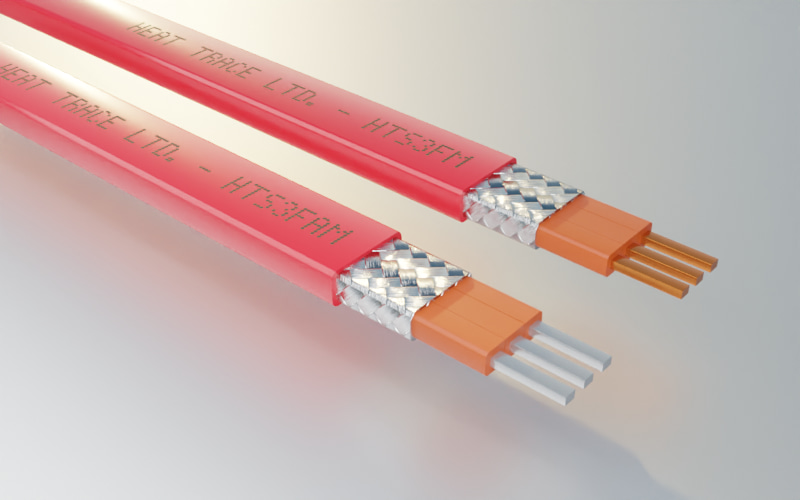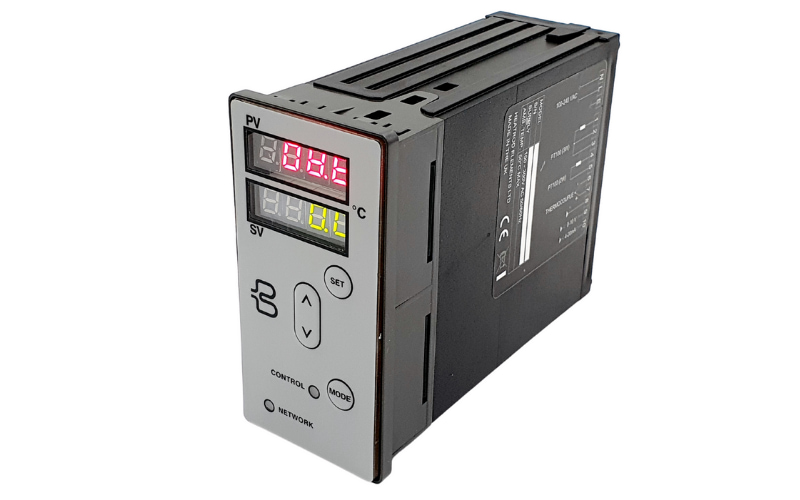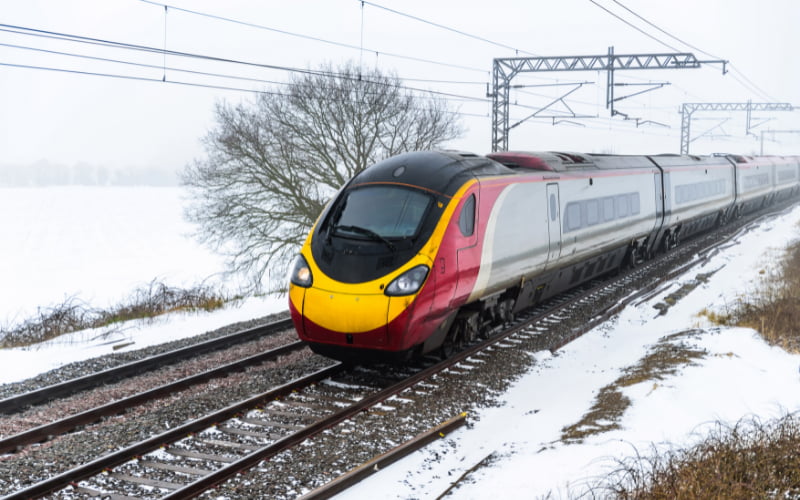Above Ground Pipelines (up to 5km)
The Problem
In the context of Electric Trace Heating design, a long pipeline is any pipe from 500 metre to many kilometres in length. Heat Trace have an unequalled record worldwide of heating long pipelines, having developed patented and unique heating, controlling and monitoring products which form a heating system providing the highest operating efficiency combined with low installed cost, reliability and long life.
The majority of Heat Trace installations exist within the piping from a Refinery to a Thermal Power Station and within the boundaries of the Station itself; associated with on-shore, occasionally off-shore, crude oil production facilities; as part of the larger district heating schemes and within heavy fuel oil storage facilities.

Installed Electrical Loads
Heat losses from above ground pipes vary directly with ambient temperature. The installed power must be able to compensate for losses at the lowest potential air temperature - which may never actually prevail.
The excess heat that is virtually always available can result in system failure or reliability problems.
Electrical Supplies
Often the most important consideration when heating long pipelines is the number and location of electrical supplies. They are normally available at the pipe ends. The cost of providing intermediate supplies is prohibitive, so heating circuits must be designed for long routes lengths.
The Need for Power & Energy Management
Long pipelines typically require hundreds of kilowatts to maintain pumpable temperatures. Power/Energy management minimises operating costs and maximum demand, and eliminates expansion/contraction that could result in failure of the thermal insulation, or heater.
Reliability
Failure of a multi-kilometre heating circuit renders the complete pipeline useless. Thus, system reliability and life is much more important than for in-plant heat tracing.
The Solution
Low resistance conductors, 3 phase star connected produce long circuits. Conductor sizes and applied voltage are adjusted to provide the required length and output. Compared with round conductors, flat foils are outstandingly thermally efficient due to their large surface area and they are much more flexible.
A single Longline HTS3F tracer having 3 conductors is suitable for shorter circuits (up to 1km).
Multiple large single conductor Longline HTS1F tracer cater for longer circuits (up to 5km).
View the Heat Trace Cable Range Max Exposure Temperature & Output Capability Graph:
Conventional Control
Long heated pipelines are usually controlled by a line thermostat operating a large contactor having a limited life - a 20 minute ON/OFF switching cycle may result in contact failure in less than two years.
To extend contact life, the thermostat switch differential is often widened to reduce the switching frequency. This produces poor efficiency under no flow conditions. When the product flows, energy wastage is 100% because the controller switch off temperature is never reached and so the load remains permanently energised.
ON/OFF thermal cycling of the piping and its system eventually results in, at best, damages to the thermal insulation system and possible system failure.
For a high integrity long pipeline installation, it is recommended to use PLC or other electronic control which utilises PID control.

















